Where to dig in?
Whether you’re a beginning gardener or a seasoned green thumb, you’ll find a wealth of inspiration and guidance in the best gardening books. From extensive guides covering design, maintenance, and organic techniques to specialized works on vegetable growing, flower arranging, and soil health – these resources will help you cultivate a thriving, sustainable garden. Discover how-to tips, stunning visuals, and expert advice to take your gardening skills to the next level. Immerse yourself in the joy of growing your own.
Comprehensive Gardening Guides
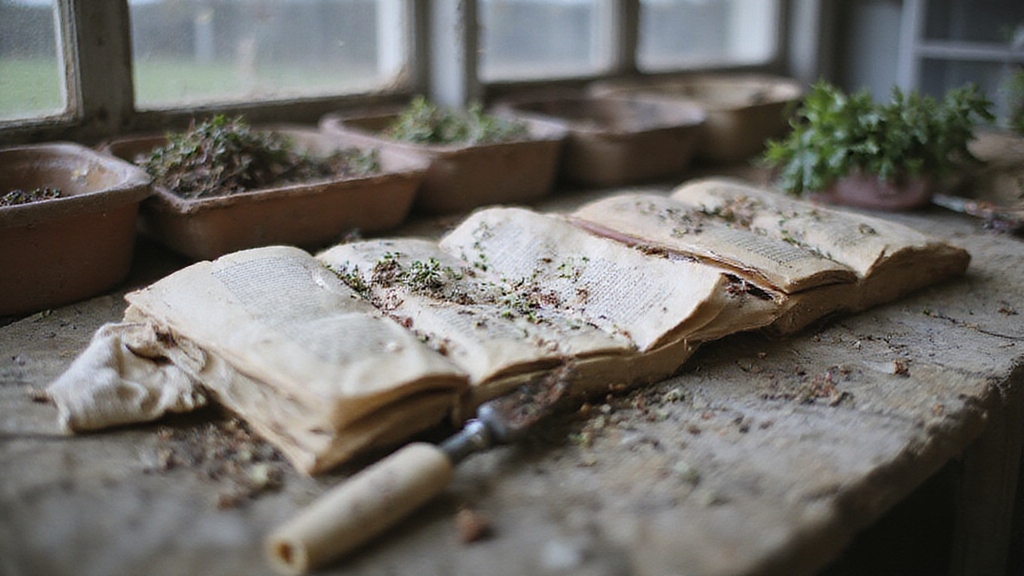
Why start your gardening journey with an all-encompassing guide? These thorough books provide a broad understanding of gardening principles, from Monty Don’s “The Complete Gardener” to Rodale’s Encyclopedia of Organic Gardening. Many plants thrive in loamy soil due to its balanced composition of clay, silt, and sand. Love of gardening started years ago with successes and mishaps Experienced gardeners often turn to well-loved books as reliable resources throughout the gardening season.
For woody plant enthusiasts, the Manual of Woody Landscape Plants offers identification and care guidance. The Plant Propagator’s Bible teaches step-by-step propagation, while Weedless Gardening by Lee Reich shares techniques to minimize weeds.
Whether you’re a beginner or a seasoned green thumb, these resources will deepen your gardening knowledge and empower you to cultivate a thriving outdoor space.
Specialized Vegetable Gardening
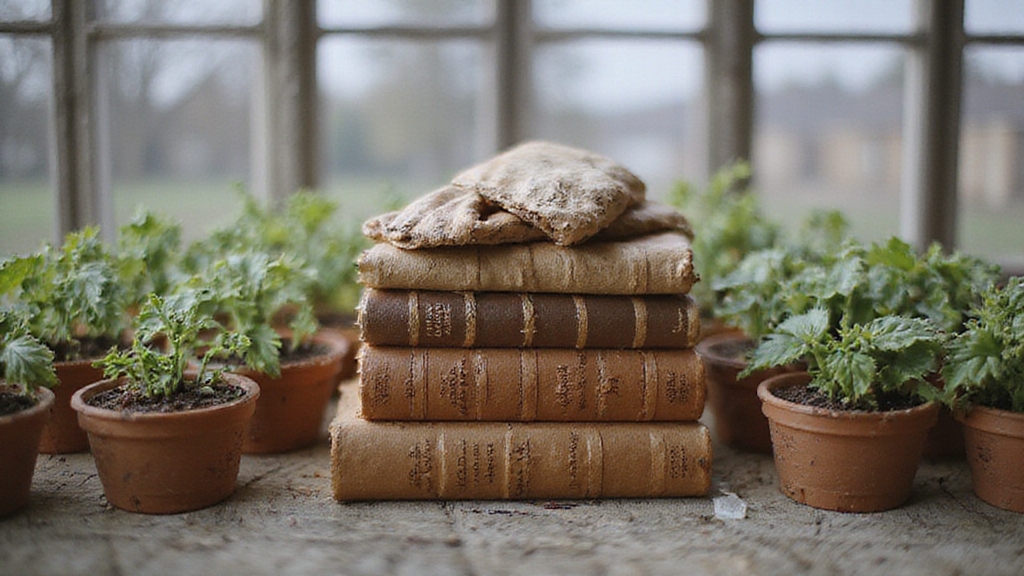
If you’re looking to cultivate a thriving vegetable garden, specialized techniques can make all the difference. Explore organic and no-dig methods to promote soil health, or companion planting to enhance growth and reduce pests. Crop rotation is key for maintaining fertility and controlling insects. Maximize your space with vertical gardening, and expand your repertoire by growing perennials and rare vegetable varieties.
For small spaces, try square foot gardening, raised beds, or containers. Adapt your techniques to your local climate, managing microclimates, frost, and water needs. Consider incorporating horticultural vinegar for effective and natural weed control in your garden. Leverage technology like apps, sensors, and automated systems to streamline your gardening. [Fermented vegetables can be a delicious and nutritious addition to your homegrown produce.
Garden Design and Aesthetic Inspiration
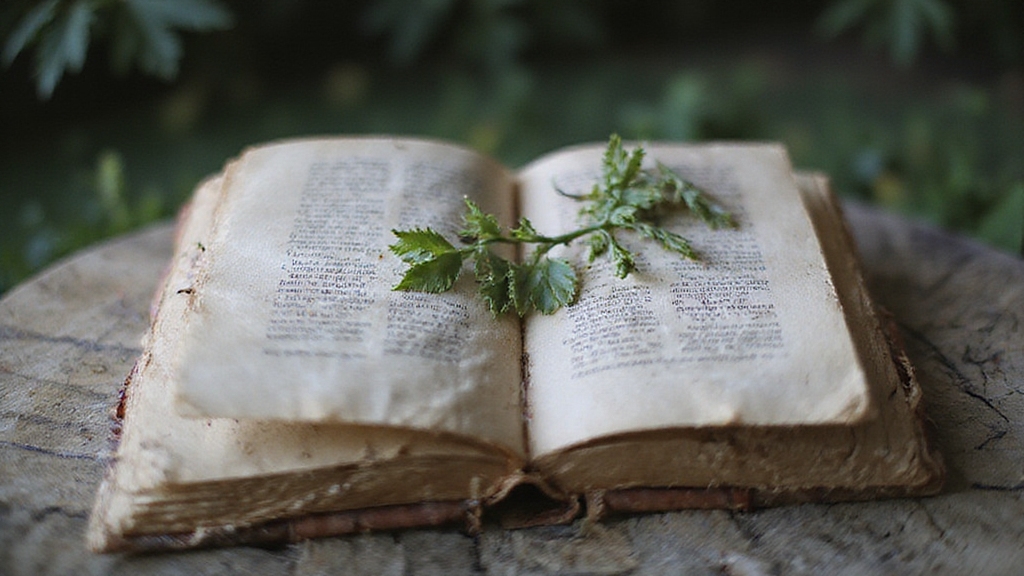
Designing and cultivating a garden that inspires visual delight can be a rewarding pursuit. Seek guidance from renowned garden designers in books like Piet Oudolf’s “Planting: A New Perspective” and Noel Kingsbury’s “Wild: The Naturalistic Garden” to create naturalistic, intelligent landscapes. Books about garden design and construction can serve as valuable resources for learning about layout, plant selection, and hardscape elements to achieve a cohesive, harmonious garden design.
Grow a diverse array of seasonal flowers from “Floret Farm’s Cut Flower Garden” and arrange them artfully using tips from “From Seed To Bloom” for stunning floral displays. Much like the most beautiful botanical garden at Longwood Gardens in Pennsylvania, incorporating diverse plant species can add life and vibrancy to your garden. For classic inspiration, turn to Rosemary Verey’s “Good Planting Plans” and “The Victorian Kitchen Garden” to incorporate timeless elements. By drawing on these expert resources, you can transform your outdoor space into a visually alluring oasis.
Problem-Solving and Maintenance
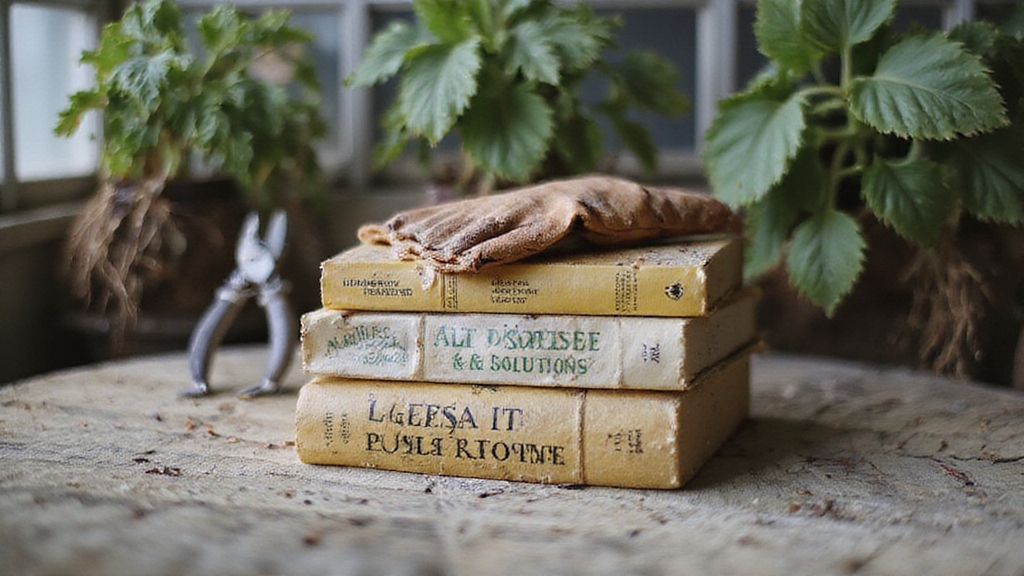
Staying on top of pest and disease issues, as well as general maintenance, is essential for a thriving garden. The Organic Gardener’s Handbook Of Natural Pest And Disease Control is an invaluable resource, listing pests alphabetically with natural control methods. It also covers disease symptoms and treatments, emphasizing prevention. Focusing on soil health is crucial for maintaining a productive organic garden. Compost bins such as the Green Johanna, made from recycled materials, help efficiently process food and garden waste to enrich the soil.
Grow Your Own Vegetables provides disease management tips for vegetable gardens. Regular soil preparation, composting, and tool maintenance are fundamental for healthy plant growth.
Utilize these strategies:
- Identify and manage pests using symptom knowledge
- Diagnose and treat diseases with natural solutions
- Maintain soil health through composting and prep
- Keep gardening tools and equipment in good condition
- Follow seasonal maintenance tasks for year-round health
Organic and Sustainable Gardening Principles

Gardening with organic and sustainable principles can cultivate a thriving, eco-friendly oasis. Composting, using natural fertilizers, and practicing soil conservation can enrich your soil. Additionally, selecting native, drought-tolerant, and pest-resistant plants, along with companion planting and supporting pollinators, creates a balanced ecosystem. Consider including architectural and low-maintenance options like Kalanchoe Flapjack to enhance the visual appeal of your garden. Organic gardening goes beyond just avoiding synthetic pesticides and fertilizers. For pest control, leverage biological methods, physical barriers, and integrated pest management. Conserve water through rainwater harvesting, drip irrigation, and strategic plant choices. Embrace chemical-free gardening, composting food waste, and reducing waste to foster sustainability.
| Soil Management | Plant Selection | Pest Control | Water Conservation |
|---|---|---|---|
| Composting | Native Species | Biological | Rainwater |
| Natural | Drought-Tolerant | Physical | Drip Irrigation |
| Soil | Pest-Resistant | Crop Rotation | Mulching |
| Soil Testing | Companion | Neem Oil | Efficient Timers |
Trending and Popular Gardening Books (2025)
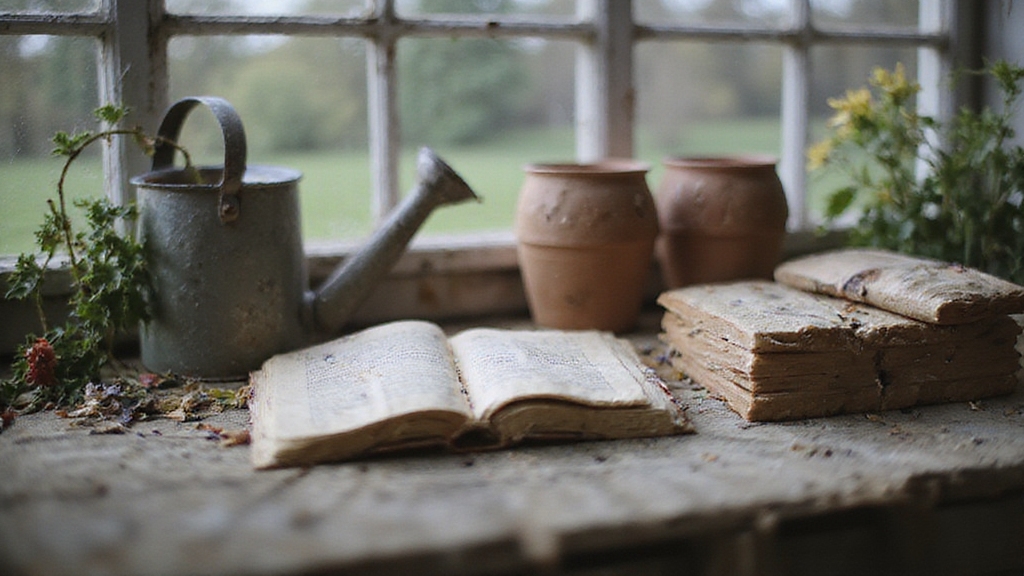
Several best-selling and acclaimed gardening books have emerged in recent years, offering both beginners and experienced green thumbs a wealth of wisdom and practical guidance.
Among the standouts are:
- Martha Stewart’s Gardening Handbook – an extensive, easy-to-follow guide covering all stages of vegetable gardening with an emphasis on practical design and maintenance.
- Mastering the Art of Vegetable Gardening by Matt Mattus – a deep-dive into detailed cultivation techniques for common and rare vegetable varieties, including perennial options.
- Gardening for Everyone by Julia Watkins – a beginner-friendly exploration of organic principles, simple recipes, and seasonal planning.
- Organic Gardening the Natural No-Dig Way by Charles Dowding – a promotion of soil health and easy-to-implement methods for sustainable vegetable growing.
- The Vegetable Gardner’s Bible by Edward C. Smith – a widely recommended staple reference for all things vegetable gardening. For those interested in exploring diverse flower seeds, Eden Brothers offers unique zinnia options and other varieties.
- Pansies by Brenna Estrada is an indispensable guide that covers the fascinating history of pansies and violas, and provides inspiration for incorporating them into crafts, recipes, and apothecary.
Flower Gardening Essentials
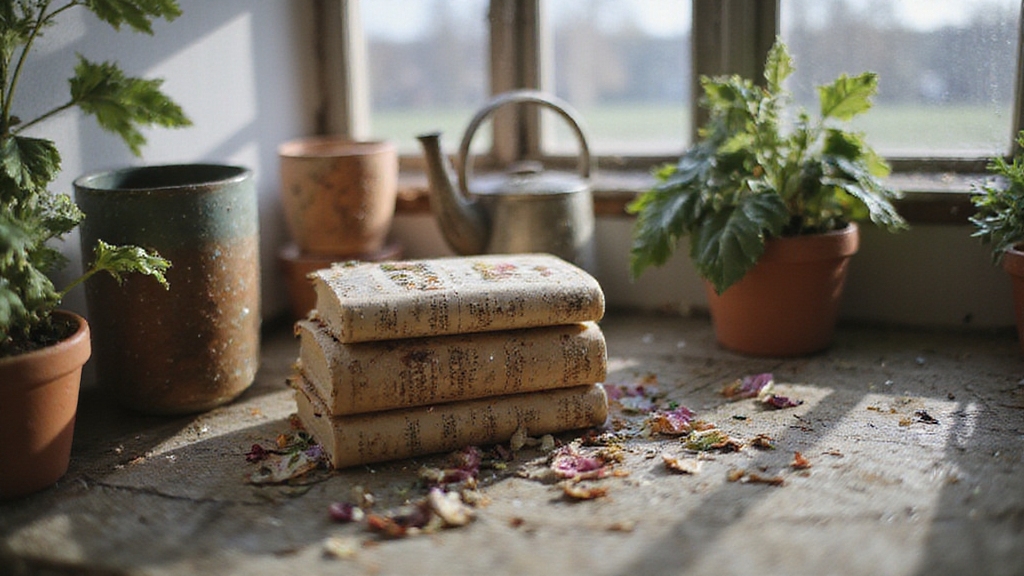
With the essentials of vegetable gardening covered, let’s now turn our attention to the rewarding world of flower gardening. Start by carefully selecting a location with at least 6 hours of direct sunlight daily and amend the soil for ideal drainage and fertility. Avoid poorly drained soil by creating drainage swales or raised beds. Remove weeds and debris beforehand to minimize competition. To ensure optimal root health, consider using a lightweight, nutrient-rich soil mix that incorporates sphagnum peat moss, perlite, vermiculite, and compost.
When planning your flower garden, mix annuals and perennials for continuous bloom, and choose varieties suited to your hardiness zone. Plant at the correct depth and spacing, water thoroughly, and use mulch to retain moisture. Regularly deadhead spent blooms, fertilize as needed, and monitor for pests to maintain a vibrant, flourishing flower garden.
Herb Gardening Techniques
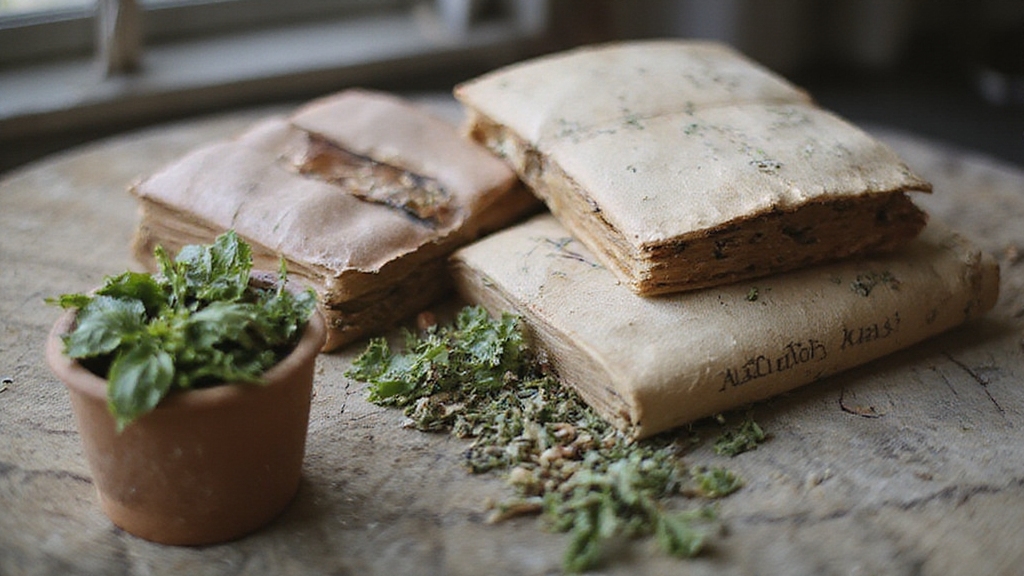
If you’re keen to add the aromatic and flavorful delights of fresh herbs to your garden, the first step is ensuring your soil conditions are well-suited. Aim for a slightly acidic to neutral pH between 6.0 and 7.0, using well-drained, organically enriched soil. Consider using soil that includes peat moss to help with moisture retention in your herb garden. Herbs thrive in containers with drainage holes and well-draining potting mix.
When planting, match the depth of the previous pot and water generously with a fertilizer solution. Herbs should be harvested before flowering and dying. Group herbs with similar watering needs, keep aggressive growers like mint in separate containers, arrange taller herbs in the back and shorter ones in the front, label each herb to avoid confusion, and provide at least 6-8 hours of direct sunlight per day.
Tree and Shrub Care
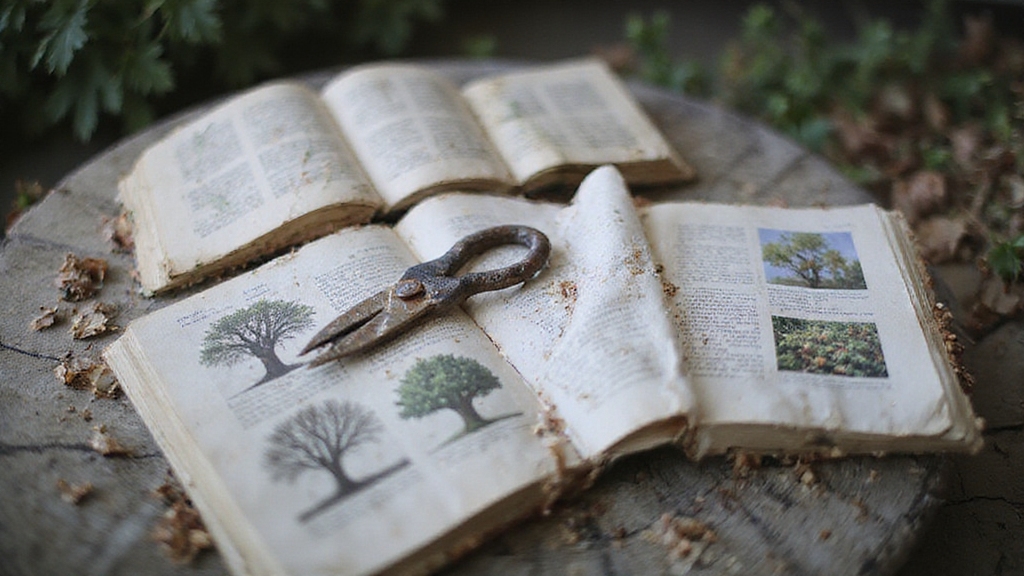
Proper tree and shrub care begins with understanding the unique needs of your plants. Thorough manuals like “Arboriculture: Care of Trees, Shrubs, and Vines” provide authoritative guidance on maintenance, planting, and care. These resources cite experts such as Dr. Alex Shigo and reference ANSI safety standards, keeping you informed on best practices. Identification guides like “Trees of North America” and “Trees: A Visual Guide” help you distinguish native, invasive, and ornamental species for your region. Understand the science behind your plants’ biology, communication, and environmental responses to guarantee their long-term health. Finally, learn practical techniques for pruning, planting, and managing pests and diseases for vibrant, thriving trees and shrubs. For precise pruning, consider using tools like the Felco F-2, known for its reliability and durability, which is favored by professionals.
Composting and Soil Health

Composting is one of the most rewarding and impactful gardening practices you can undertake. It not only reduces waste but also builds nutrient-rich soil to nourish your plants.
- Increases organic matter and improves soil structure for better water retention and aeration
- Provides slow-release nutrients, reducing fertilizer dependency
- Supports diverse microbial communities essential for decomposition and nutrient cycling
- Enhances disease suppression and crop resilience through improved soil biology
- Promotes sustainable gardening by recycling garden waste on-site
Incorporating organic fertilizers such as kelp meal and fish emulsion into your compost can enrich the nutrient profile and further enhance plant health. Mastering composting techniques like batch processing, vermicomposting, and compost tea application can transform your garden into a thriving, self-sustaining ecosystem.
Frequently Asked Questions
How Do I Start a Vegetable Garden as a Beginner?
Choose a sunny spot with good drainage. Improve the soil by mixing in compost.
Clear the area of weeds and debris. Plan your garden layout, placing taller plants in the back and shorter ones in front.
Plant easy-to-grow veggies like lettuce, radishes, or tomatoes. Water consistently and watch for pests. Harvest when ripe.
Maintain your garden with mulch, fertilizer, and regular care. Expand as you gain experience.
What Are Low-Maintenance Perennial Flowers for My Garden?
Low-Maintenance Perennials for Your Garden
- Sedum is a drought-tolerant perennial that provides year-round interest with its changing colors.
- Black-Eyed Susans are native wildflowers that thrive in full sun and attract butterflies.
- Coneflower is a heat-tolerant perennial that requires minimal care.
- Hosta is a cold-hardy perennial that thrives in shade and requires low maintenance.
- Catmint can tolerate partial shade and is cold-hardy.
What Are the Best Tips for Growing Healthy Tomatoes?
Grow healthy tomatoes by creating the ideal soil conditions. Guarantee the pH is between 6.2-6.8 and provide full sun. Well-drained soil is a must.
Maintain optimal temperatures of 70-85°F days and 65-70°F nights. Water consistently, about 1 inch per week. Select disease-resistant varieties and transplant seedlings at the right time.
Use drip irrigation to conserve water and prevent diseases. Monitor soil moisture and practice crop rotation for ideal results.
How Do I Choose the Right Plants for My Garden’s Conditions?
Choosing the Right Plants
- Start by understanding your local climate and hardiness zone. This tells you which plants will thrive in your area.
- Test your soil and amend it as needed to provide ideal growing conditions.
- Select drought-resistant, heat-tolerant plants like lavender, zinnias, and ornamental grasses for summer.
- Incorporate native plants adapted to your region for best results.
- Time plantings to align with seasonal temperatures for strong establishment.
What Are the Essential Tools Needed for Gardening?
The essential gardening tools you’ll need are: gloves for protection, hand pruners for trimming, a trowel for planting, a garden knife for digging, and a hand rake for soil prep.
For heavier tasks, use a garden fork, spade, shovel, and hoe.
Support tools like a wheelbarrow, irrigation system, and gardening bag will also come in handy. Start with these basics, then add specialized tools as needed.
Conclusion
Whether you’re a seasoned green thumb or just starting out, you’ll find everything you need in these excellent gardening books. From planting and pruning to pest control and composting, they’ve got you covered. So grab a book, get your hands dirty, and watch your dream garden flourish. Let’s grow!

